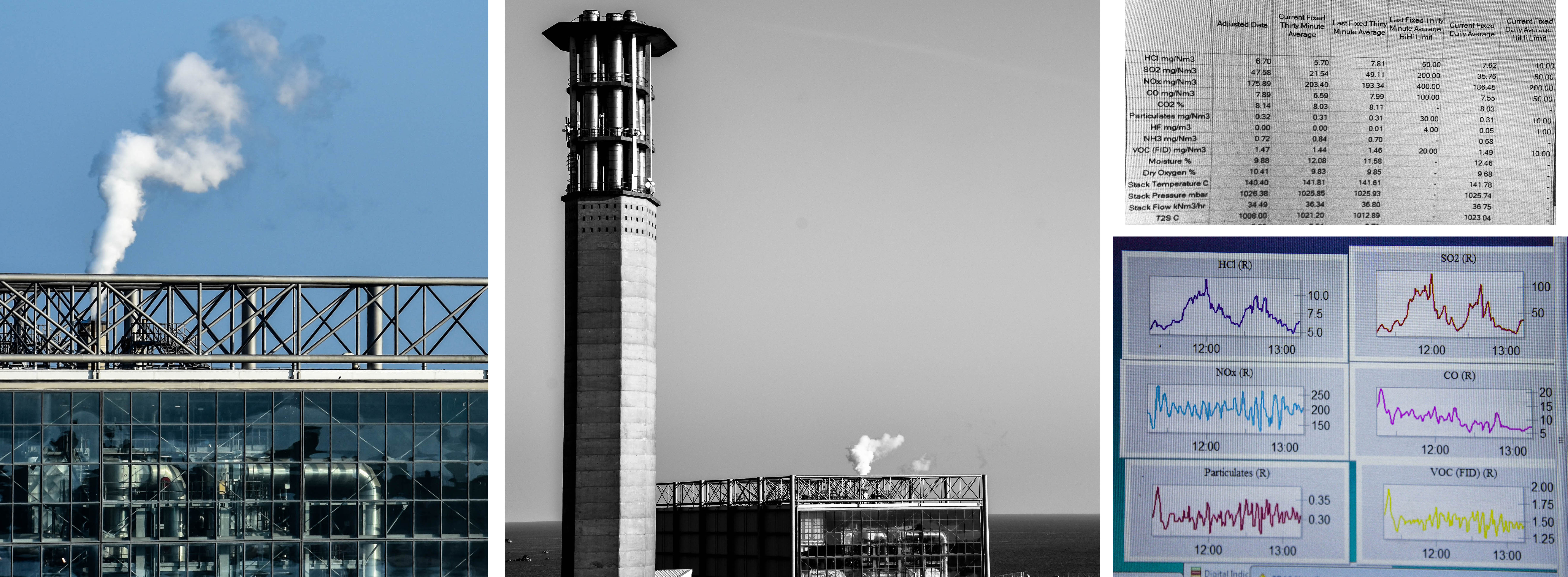The following images are edited influenced by Theo Gosselin’s cinematic style, as well as traditional skateboard documentation. I experimented with shutter speed, shooting angle, and I tried to capture motion full images of skateboarding, as well as sharp portraits with interesting compositions. I am fairly happy with the outcome of the shoot, however
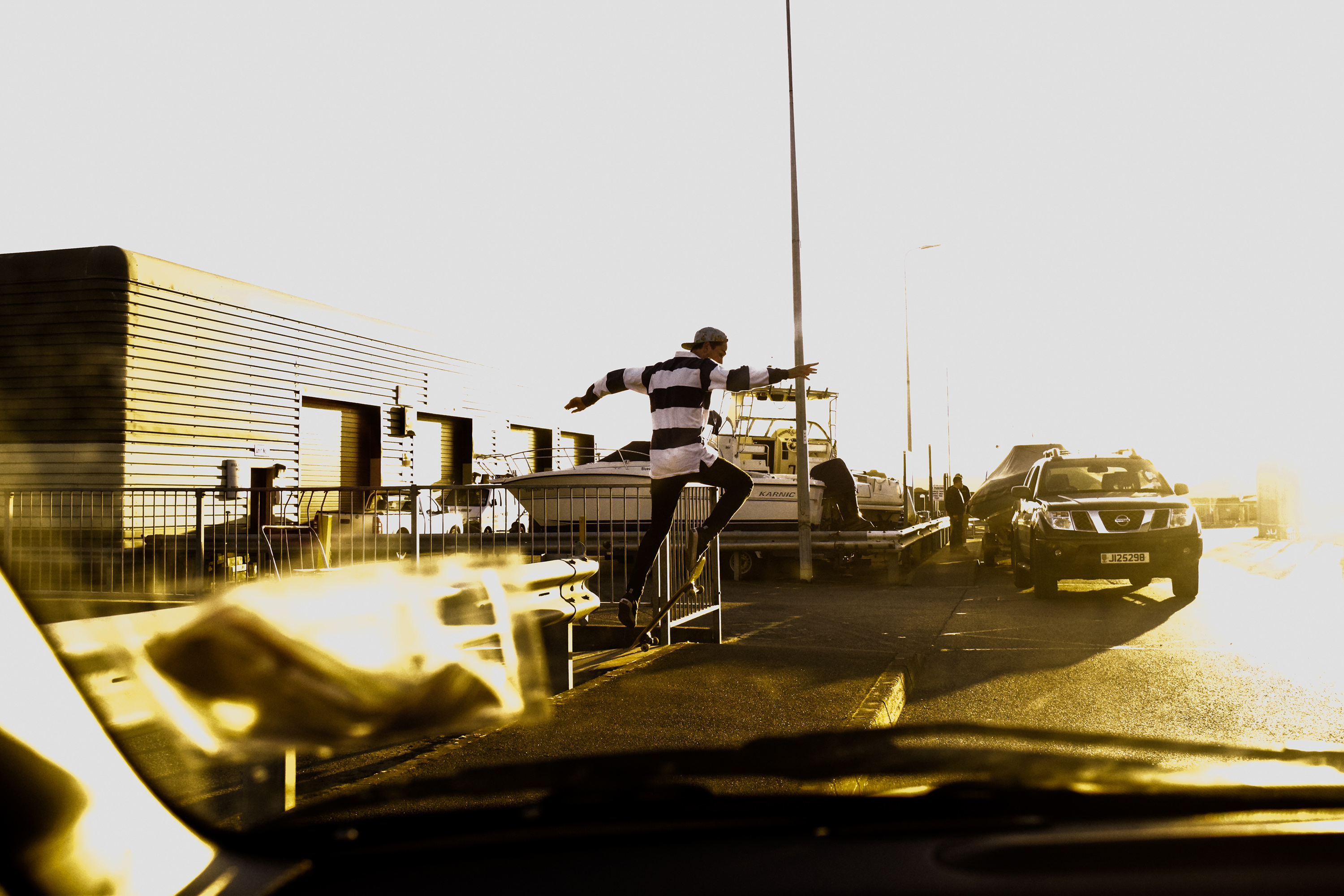
I edited this image to look fairly cinematic. I increased the whites in particular with this photograph to create a very bright, sky has become hard to make out from other areas of the image, forcing us to focus more on Zac. I tried to use the windscreen of the car to compose the image interestingly. Whilst using a larger aperture and shorter shutter speed I managed to blur the windscreen again focusing us on Zac far more.
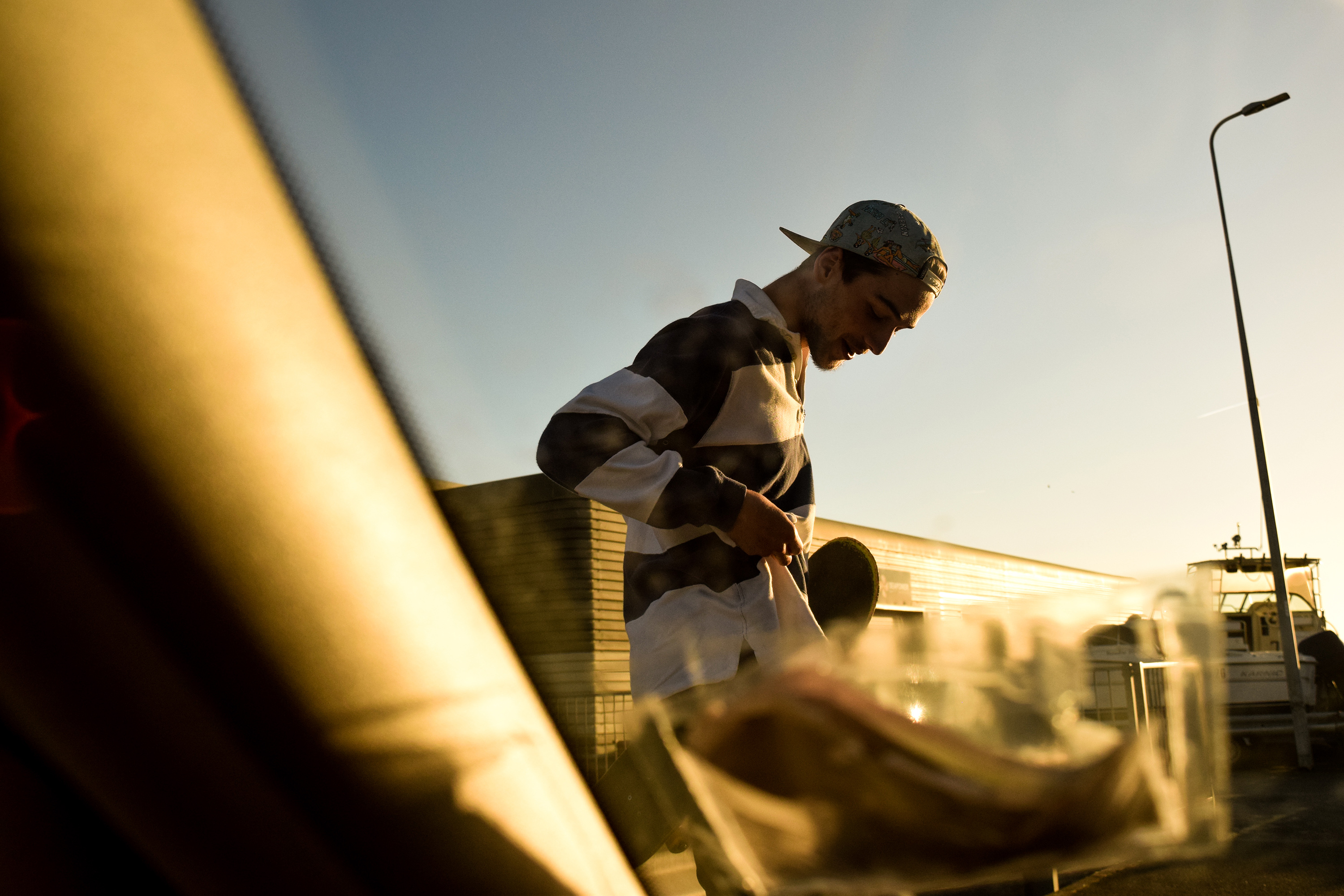
Similar to the first, I used a short depth of field to blur the windscreen I purposefully added into the frame for interesting composition. This time, the image is a portrait of Zac looking at something, but the space of interest to him is covered by my blurry insurance disc and windscreen frame. I really like this composition as the way my insurance disk and windscreen frame cover from the top left down and round to the right side works very well against Zacs torso and the open space in the top right.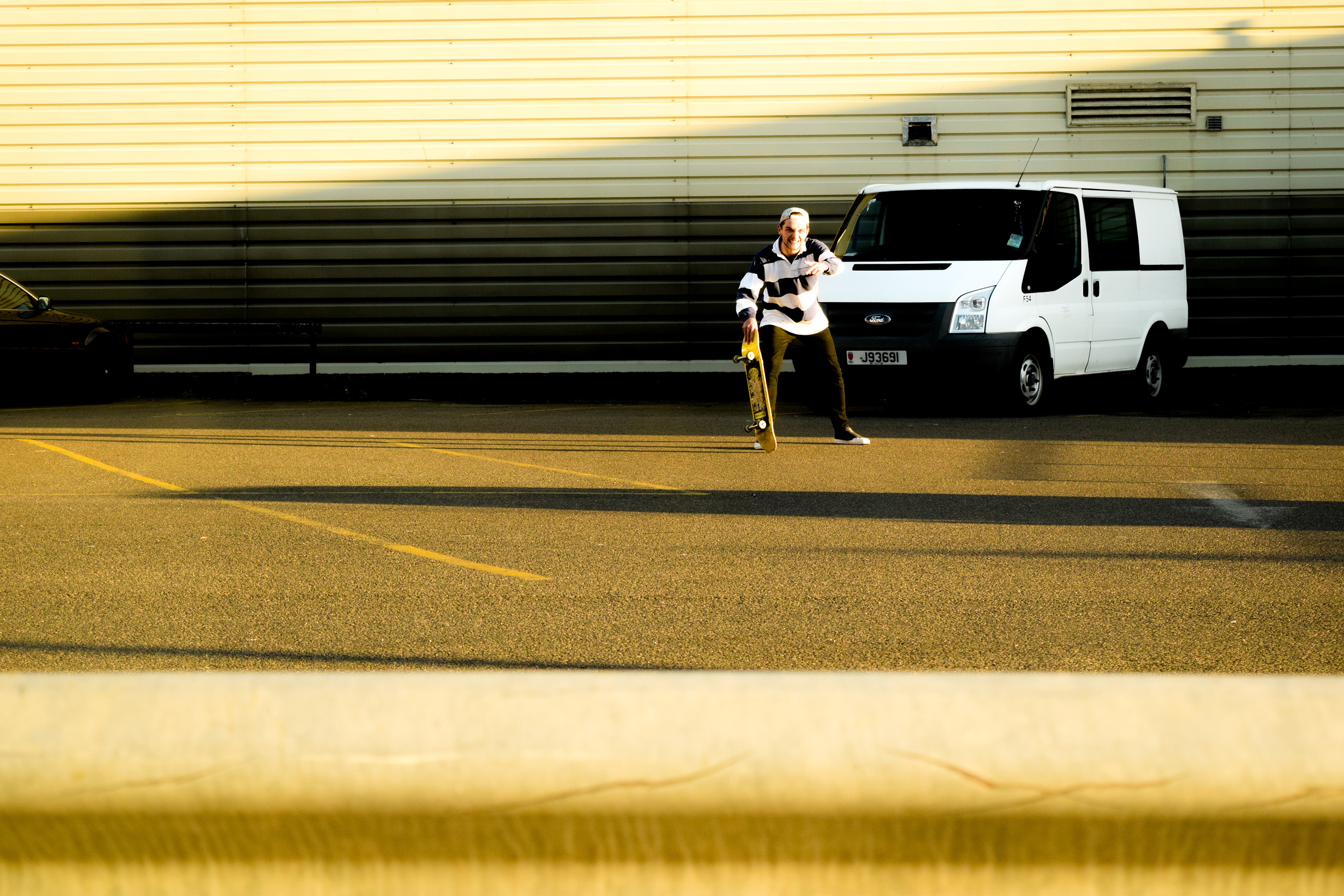

With this image I wanted to create a heavy contrast to attemot the cinematic look again. I raised the whites and brought down the black, and also but down the shadow toggle the have a large contrast of light and dark. This made the image look more ‘epic’ due to the strong sunlight, the shadow cast behind Zac running towards the sunlight away from the dark.

This image shows an example of my angle experimentation. Zac repeatedly did a trick over a pavement until I got a good angled photograph. I wanted to get really low to further capture the height of Zac on his skateboard, so I lay down as close to the ground as possible and angled my camera up. I also turned my shutter speed up slightly, and turned my aperture down to give a larger depth of field so I was able to definitely capture Zac moving in the air sharply.

This image is an example of my portrait experimentation. I saw Zac standinghere and thought it may be interesting to capture an image of this wall with him at the very center. The size and repetition of the wall is very interesting against Zac breaking this pattern up in the centre. His horizontal striped shirt makes a hard break from the background, and the colour difference also makes him stand out so greatly. Overall I really like this image due how the background and model work off eachother. 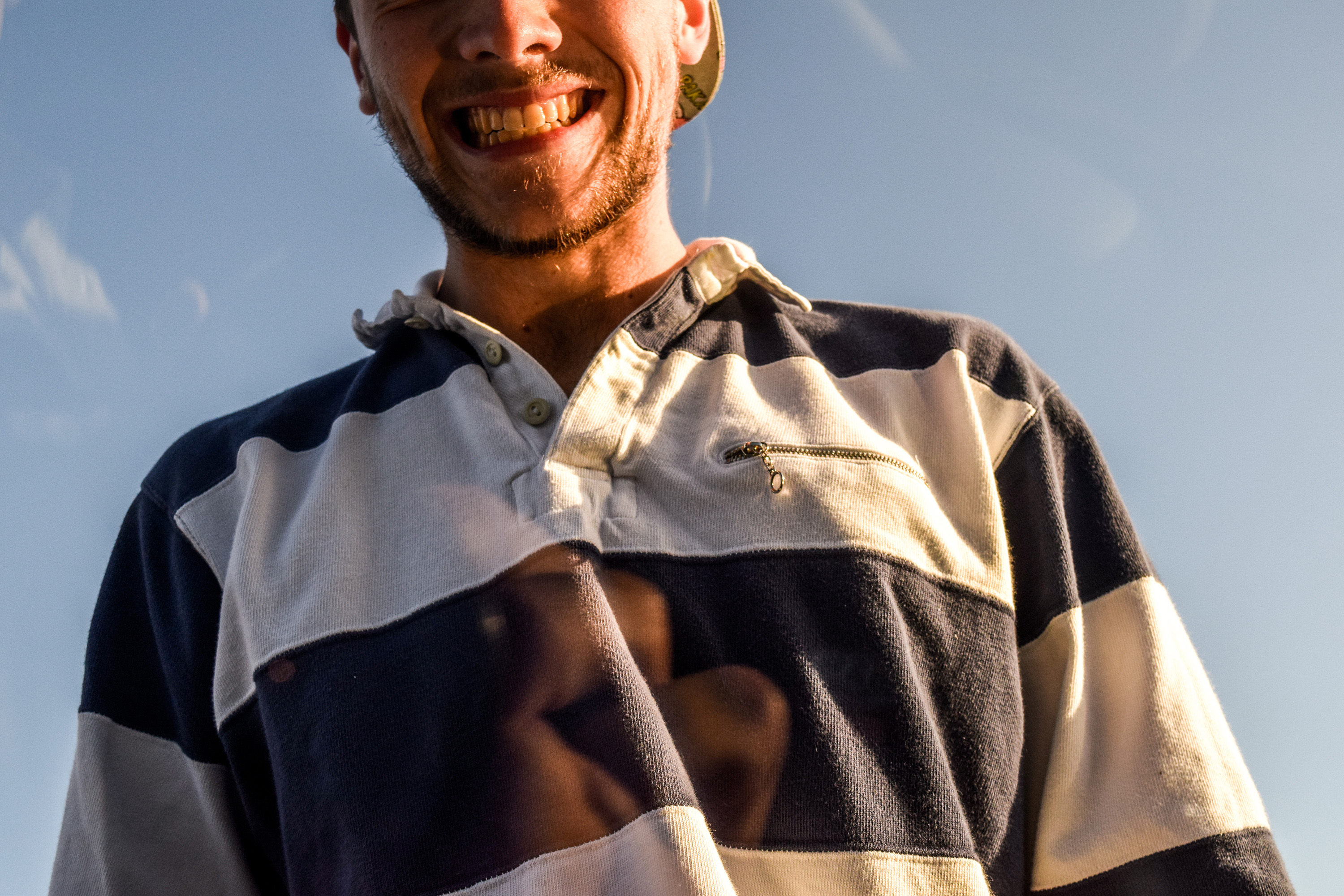
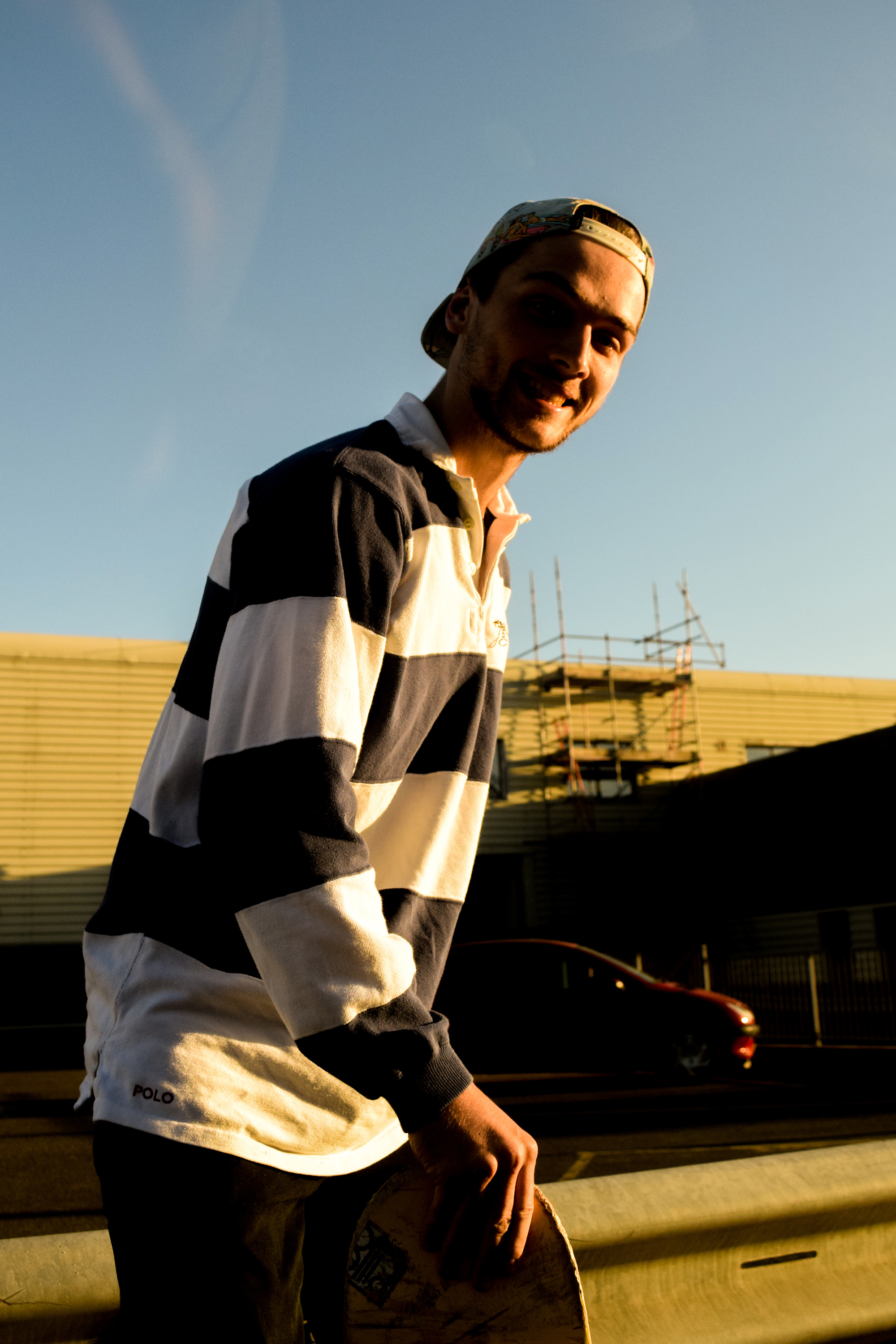


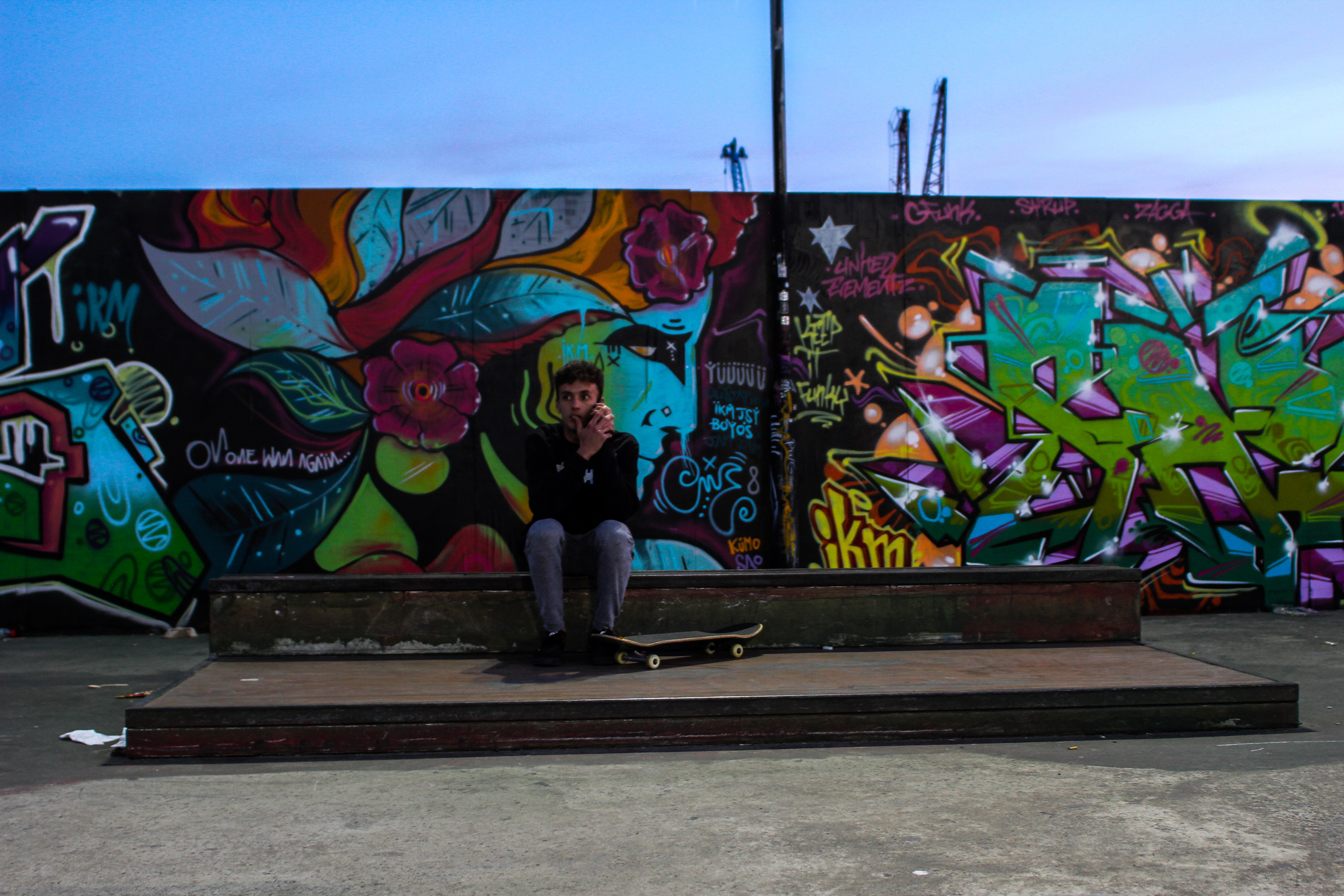

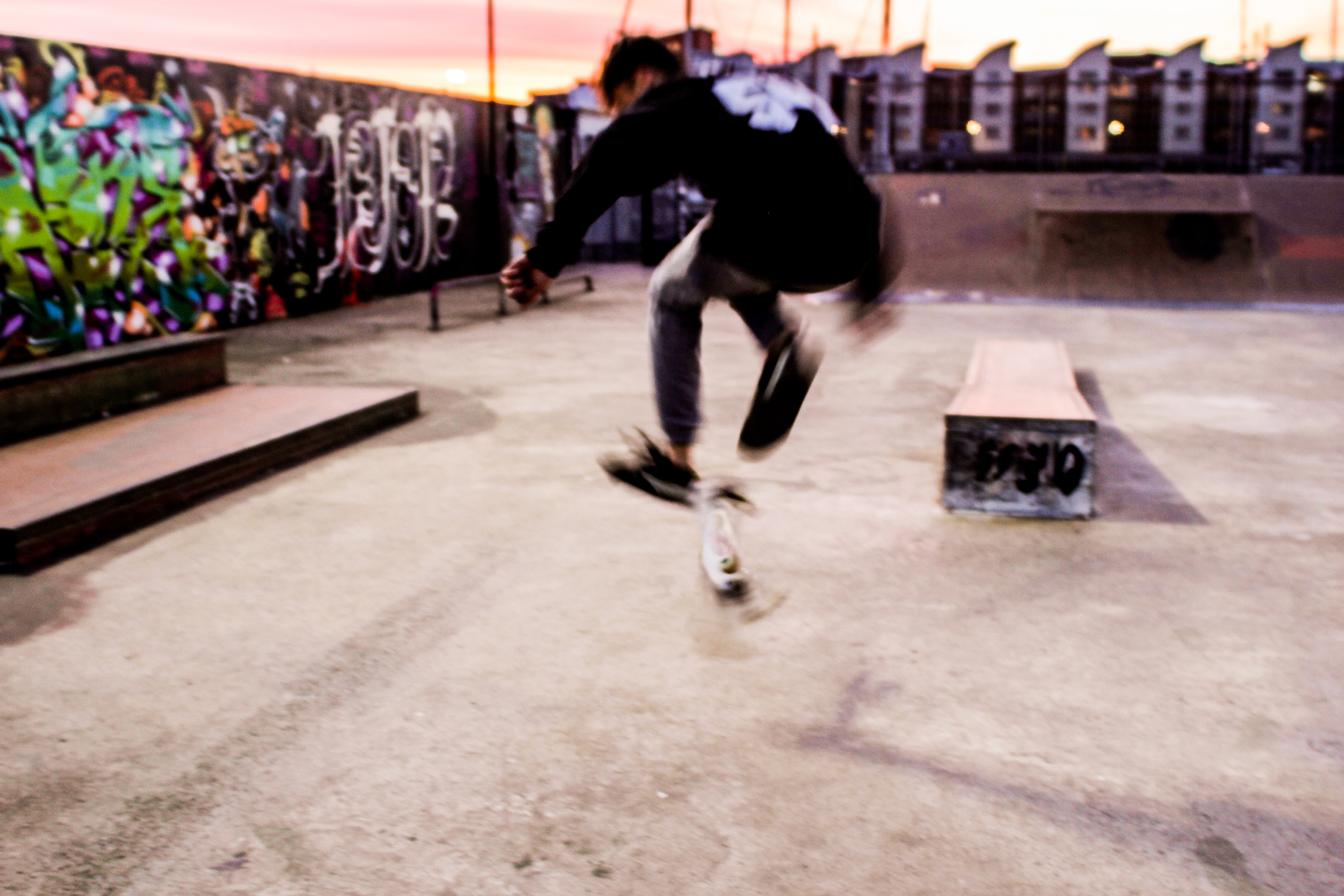
This image shows an example of shutter speed experimentation. I set my camera up on a low shutter speed and took an image of a skateboarder doing a trick. The result was an interesting blur of motion that I feel works nicely, and represents qualities almost similar to a painting. I wanted to experiment with some layering, almost similar to the way Idris Khan brings images of similar subjects from different moments in time together into one photo. However, I only wanted to blend two images together. in which I used the last photo and an image I took of some grafiti at the skatepark. The outcome looks even moreso like an urban influenced painting.



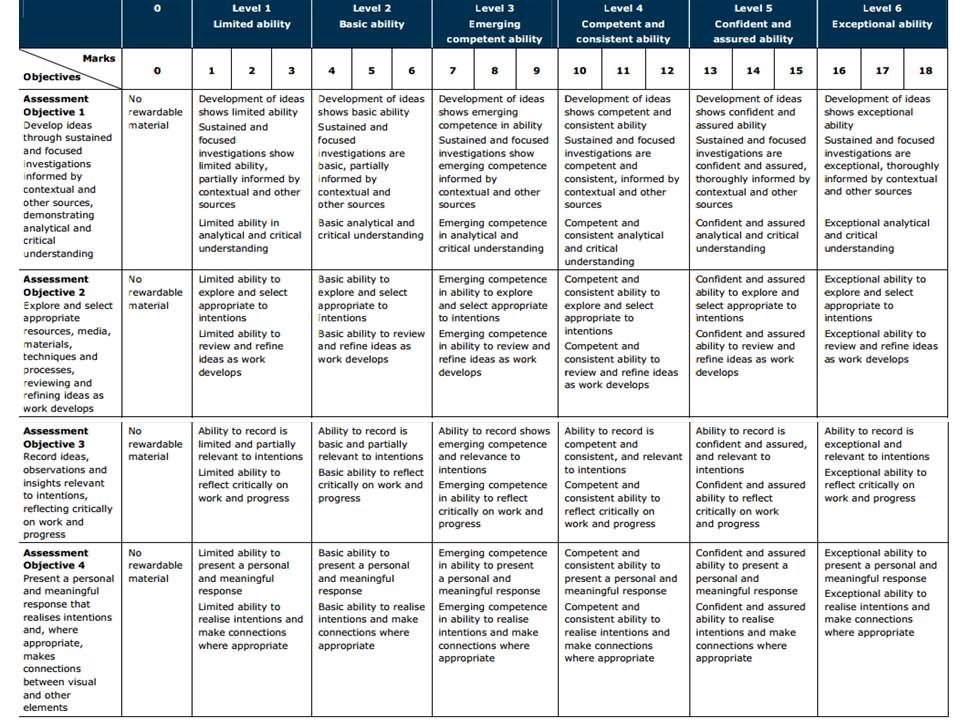

 Next in the two rows above are my outcomes from my documentary style shoots depicting plastic pollution and beach pollution. The meaning behind my plastic agricultural shoot is to represent the darker side of Jersey’s most famous product as well as a pollution issue that is directly related to where we live. For the second shoot on beach pollution, my aim was to show the scale of common beach pollution using what I found collected together in one powerful photograph. Although very educational, because of the not so appealing subject matter, I will most likely not be using the photographs for final prints. Apart from a few of the more dynamic scenes I have presented above, I will be choosing from these documentary images mainly based on their relevance to the message.
Next in the two rows above are my outcomes from my documentary style shoots depicting plastic pollution and beach pollution. The meaning behind my plastic agricultural shoot is to represent the darker side of Jersey’s most famous product as well as a pollution issue that is directly related to where we live. For the second shoot on beach pollution, my aim was to show the scale of common beach pollution using what I found collected together in one powerful photograph. Although very educational, because of the not so appealing subject matter, I will most likely not be using the photographs for final prints. Apart from a few of the more dynamic scenes I have presented above, I will be choosing from these documentary images mainly based on their relevance to the message.
 Lastly, the final sections of my project above portray the different methods of disposing of common household waste in Jersey. The first and most extensive shoot in my project, featured on the top 2 rows, depicts my visit to our ‘Energy from Waste’ facility that deals with all common un-separated waste. I will most likely be featuring many of these photographs as this insider’s view of the plant produced a lot of intriguing and educational images. The bottom row however, depicts the new La Collette Recycling Centre and is aimed to inform my viewers on its importance and how easy is has now been made for us. As both shoots are very relevant to the of this project (because they show exactly what happens to the waste we don’t recycle and how easy it is) I have decided many of these abstract/documentary images will be used in my final presentation.
Lastly, the final sections of my project above portray the different methods of disposing of common household waste in Jersey. The first and most extensive shoot in my project, featured on the top 2 rows, depicts my visit to our ‘Energy from Waste’ facility that deals with all common un-separated waste. I will most likely be featuring many of these photographs as this insider’s view of the plant produced a lot of intriguing and educational images. The bottom row however, depicts the new La Collette Recycling Centre and is aimed to inform my viewers on its importance and how easy is has now been made for us. As both shoots are very relevant to the of this project (because they show exactly what happens to the waste we don’t recycle and how easy it is) I have decided many of these abstract/documentary images will be used in my final presentation.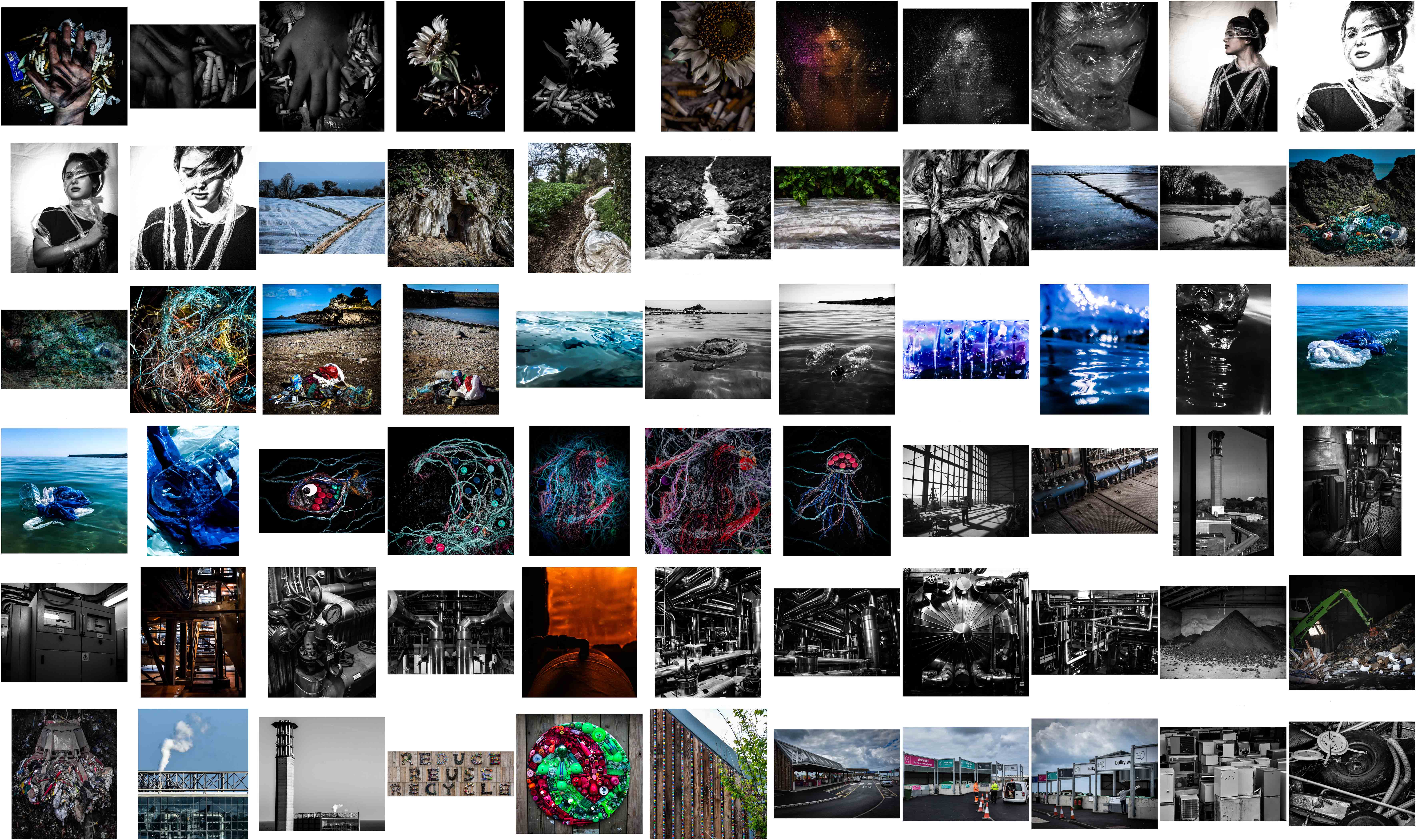 By viewing them in this composition I have realised that I have mostly touched down on three major themes; plastic pollution, beach/ocean pollution, and Jersey’s waste disposal systems. When comparing all my work above with my initial ideas mind map for this project, I found that I did not manage to bring to life some of the original plans I had. If given more time I would definitely include some of these ideas such as depicting rural landscapes vs urban landscapes, melting ice symbolism, air pollution and exploration of the smaller factors. However, In the amount of time we were actually given to complete this exam, I am quite pleased that I managed to show my original goal: portraying environmental awareness using a mixture of symbolism, abstraction, documentary photography and topographic photography.
By viewing them in this composition I have realised that I have mostly touched down on three major themes; plastic pollution, beach/ocean pollution, and Jersey’s waste disposal systems. When comparing all my work above with my initial ideas mind map for this project, I found that I did not manage to bring to life some of the original plans I had. If given more time I would definitely include some of these ideas such as depicting rural landscapes vs urban landscapes, melting ice symbolism, air pollution and exploration of the smaller factors. However, In the amount of time we were actually given to complete this exam, I am quite pleased that I managed to show my original goal: portraying environmental awareness using a mixture of symbolism, abstraction, documentary photography and topographic photography.



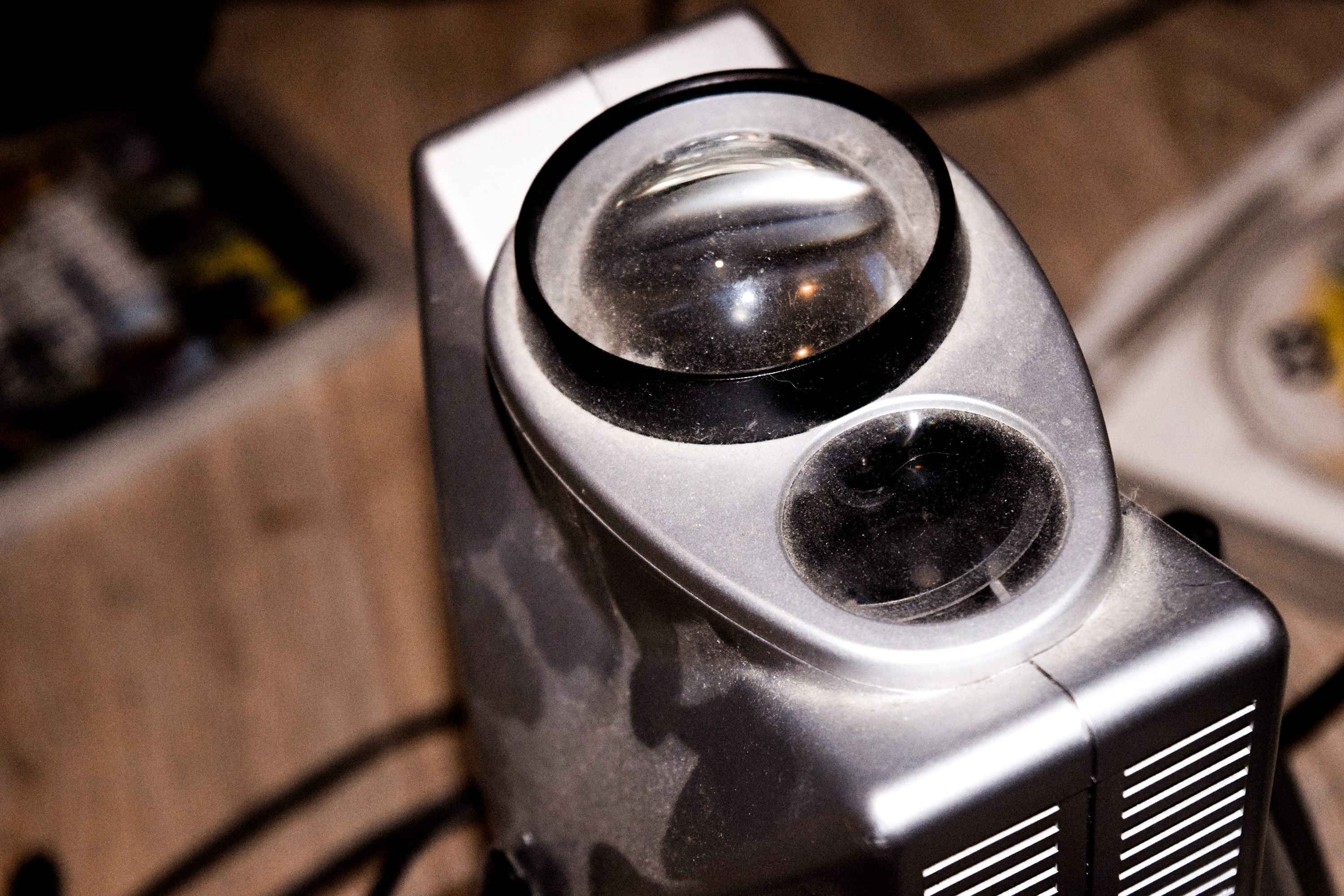






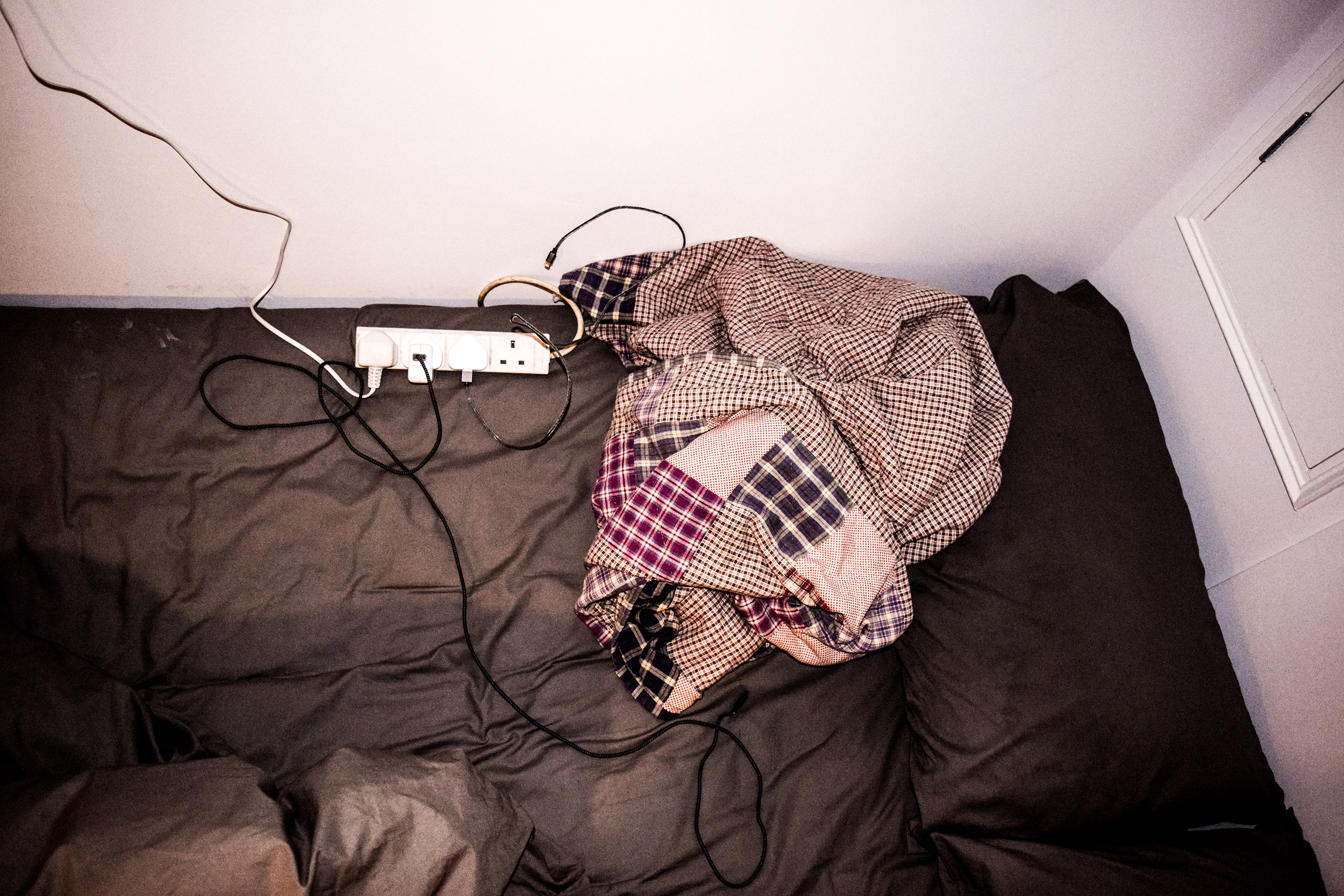
















 To chose between these photographs and produce my final outcomes, I was particularly interested in having a mixture of dynamic straight photography as well as abstract photography to intrigue my viewers. When editing the landscape documentary photographs I experimented with the highlighting to really emphasise the dramatic sky. With the more abstract pieces, however, I concentrated on really bringing out the vibrant colours and brilliant texture. Unlike with most of my previous shoots, I have decided to keep all of my finals in colour. This is because, unlike my previous shoots, these images attempt to show something good and hopeful towards the environment. Below are my final chosen and edited 6 outcomes for this last shoot in my environmental project…
To chose between these photographs and produce my final outcomes, I was particularly interested in having a mixture of dynamic straight photography as well as abstract photography to intrigue my viewers. When editing the landscape documentary photographs I experimented with the highlighting to really emphasise the dramatic sky. With the more abstract pieces, however, I concentrated on really bringing out the vibrant colours and brilliant texture. Unlike with most of my previous shoots, I have decided to keep all of my finals in colour. This is because, unlike my previous shoots, these images attempt to show something good and hopeful towards the environment. Below are my final chosen and edited 6 outcomes for this last shoot in my environmental project… This first piece above was created by stitching three separate photographs together to make one easy to read piece. I have put them together because the ‘reduce, reuse, recycle’ sign featured at the Recycling centre is situated all in one long, hard to capture horizontal line. I love the effect of this sign that has been created using recycled items and kids toys to create a textured, colourful and inspiring outcome. The meaning behind this photograph is obvious as I am simply getting across this clear message from a straight forward perspective. The final result of this, I believe, emphasises the written message and brings out the beautiful and striking details.
This first piece above was created by stitching three separate photographs together to make one easy to read piece. I have put them together because the ‘reduce, reuse, recycle’ sign featured at the Recycling centre is situated all in one long, hard to capture horizontal line. I love the effect of this sign that has been created using recycled items and kids toys to create a textured, colourful and inspiring outcome. The meaning behind this photograph is obvious as I am simply getting across this clear message from a straight forward perspective. The final result of this, I believe, emphasises the written message and brings out the beautiful and striking details. These next two outcomes are my more abstracted results featuring some beautiful and inspiring artwork I captured when visiting the location. The meaning behind these two photographs is to intrigue the viewer about the recycling centre itself as well as spread the message of its importance. The first outcome on the left depicts a beautifully crafted recycling symbol made from a vast amount of green and red discarded children’s toys. I love the depth and contrast between the tiny objects as well as the vibrancy and texture of the whole piece. Next is a more abstract piece featuring the side and rooftop of the decorated facility building along with part of a growing tree. I love the strange symbolism in this piece and I like how, without context, the audience is forced to come to their own conclusions.
These next two outcomes are my more abstracted results featuring some beautiful and inspiring artwork I captured when visiting the location. The meaning behind these two photographs is to intrigue the viewer about the recycling centre itself as well as spread the message of its importance. The first outcome on the left depicts a beautifully crafted recycling symbol made from a vast amount of green and red discarded children’s toys. I love the depth and contrast between the tiny objects as well as the vibrancy and texture of the whole piece. Next is a more abstract piece featuring the side and rooftop of the decorated facility building along with part of a growing tree. I love the strange symbolism in this piece and I like how, without context, the audience is forced to come to their own conclusions.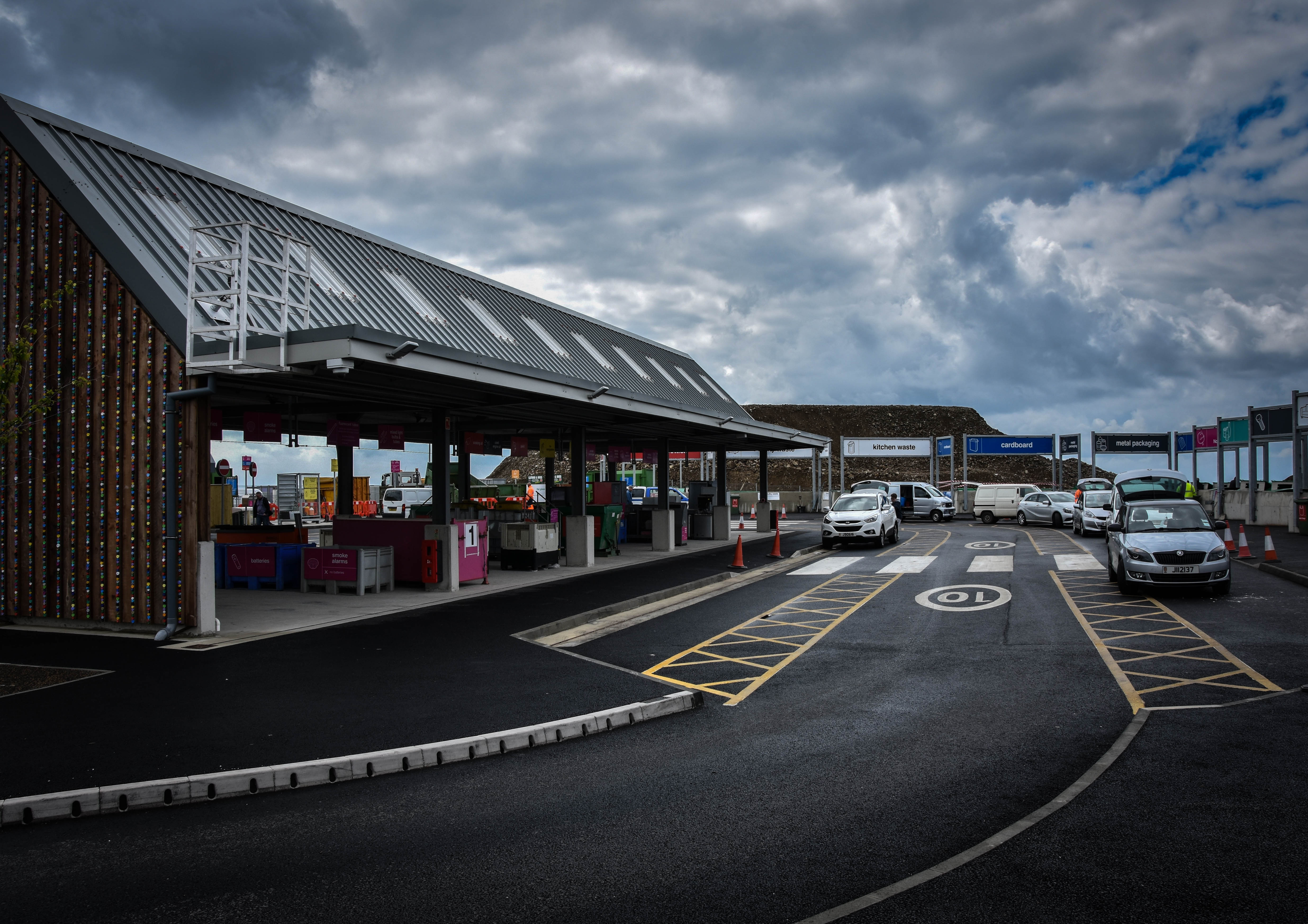 For this next documentary look at Jersey’s new and improved recycling facility, I have attempted to capture the location featuring as many important aspects as possible. My outcome above portrays the main recycling building on the left, the elegant car system running around the facility and a few of the many many drop-off points for waste that continues all the way around. The meaning behind this image is to show how the recycling centre now works and how effortless it is to drive around and dispose of our pollution safely. I have chosen this image as a final as I love the angled perspective of the facility and the dramatic overtones created with the contrast of the sky.
For this next documentary look at Jersey’s new and improved recycling facility, I have attempted to capture the location featuring as many important aspects as possible. My outcome above portrays the main recycling building on the left, the elegant car system running around the facility and a few of the many many drop-off points for waste that continues all the way around. The meaning behind this image is to show how the recycling centre now works and how effortless it is to drive around and dispose of our pollution safely. I have chosen this image as a final as I love the angled perspective of the facility and the dramatic overtones created with the contrast of the sky.



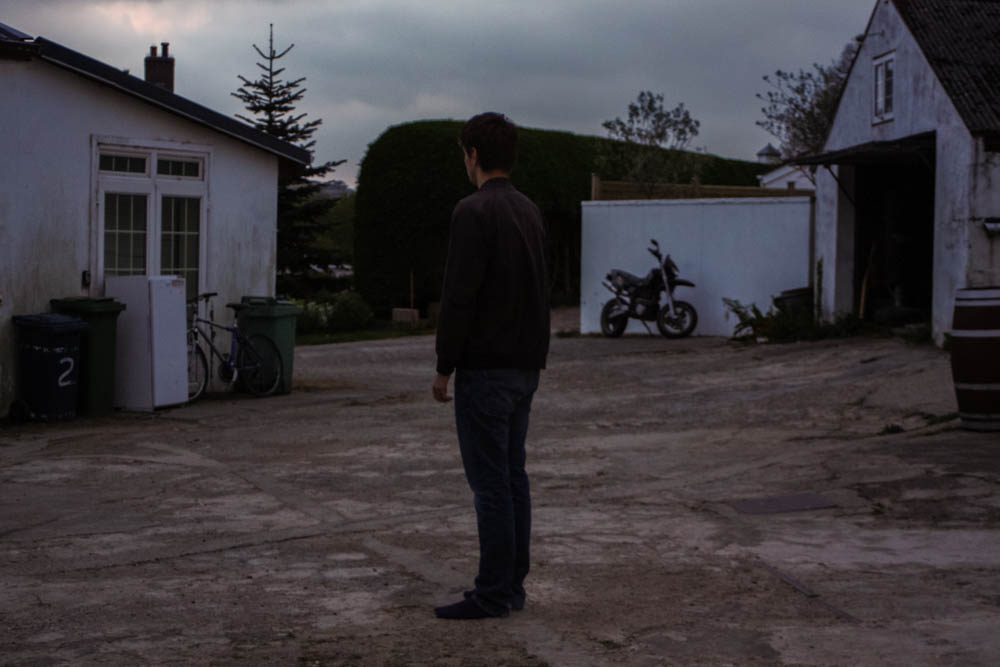
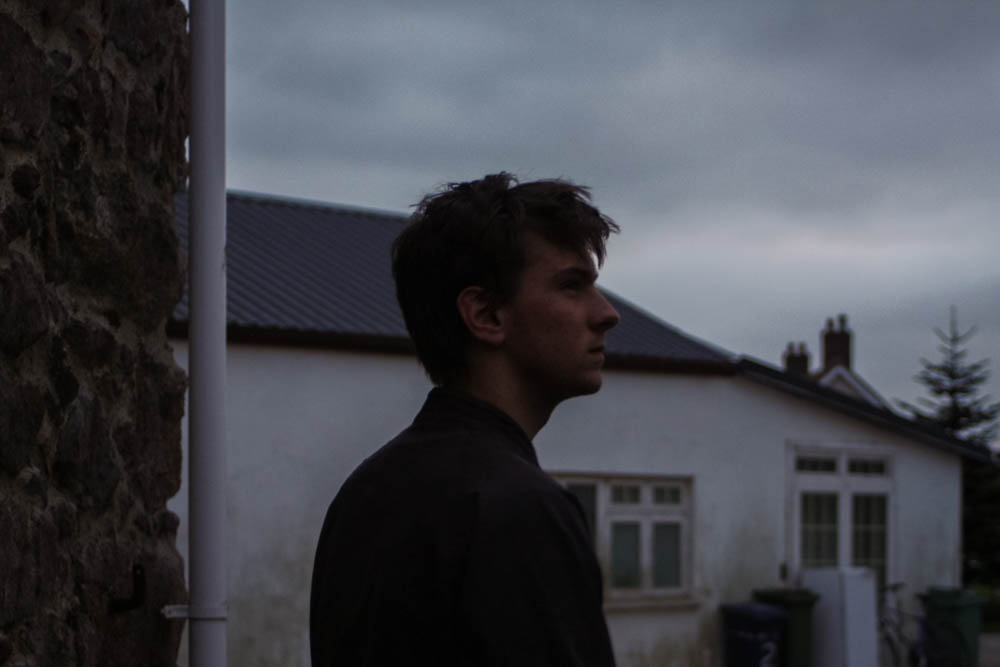


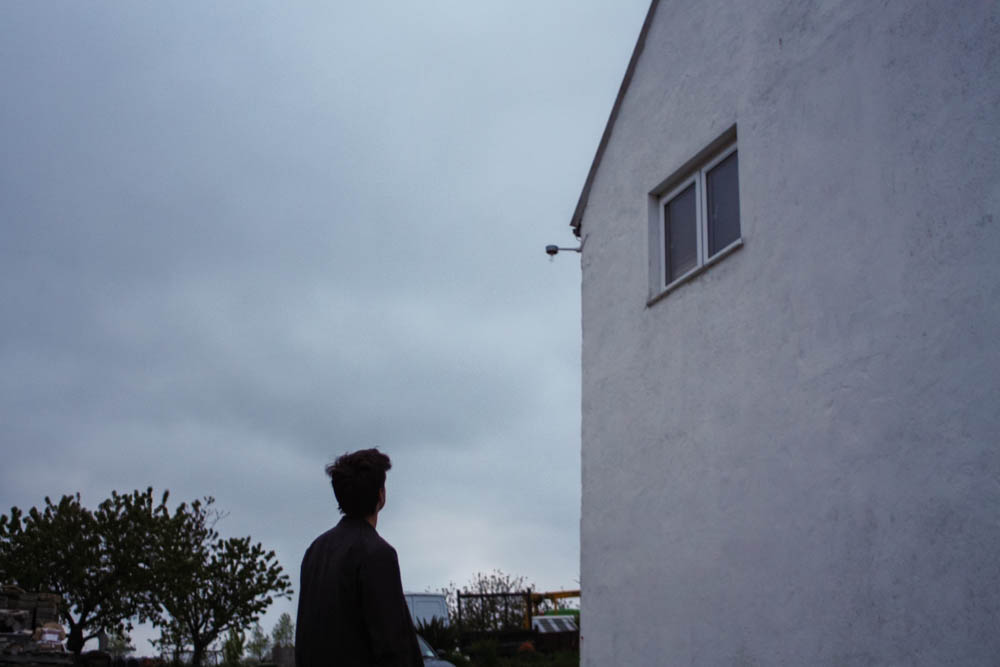





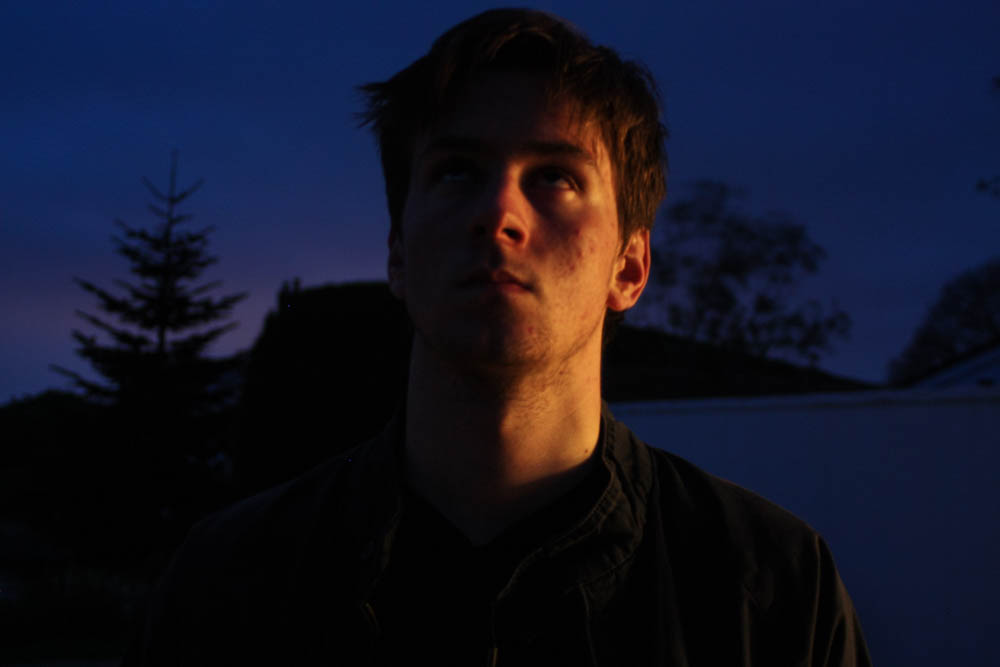





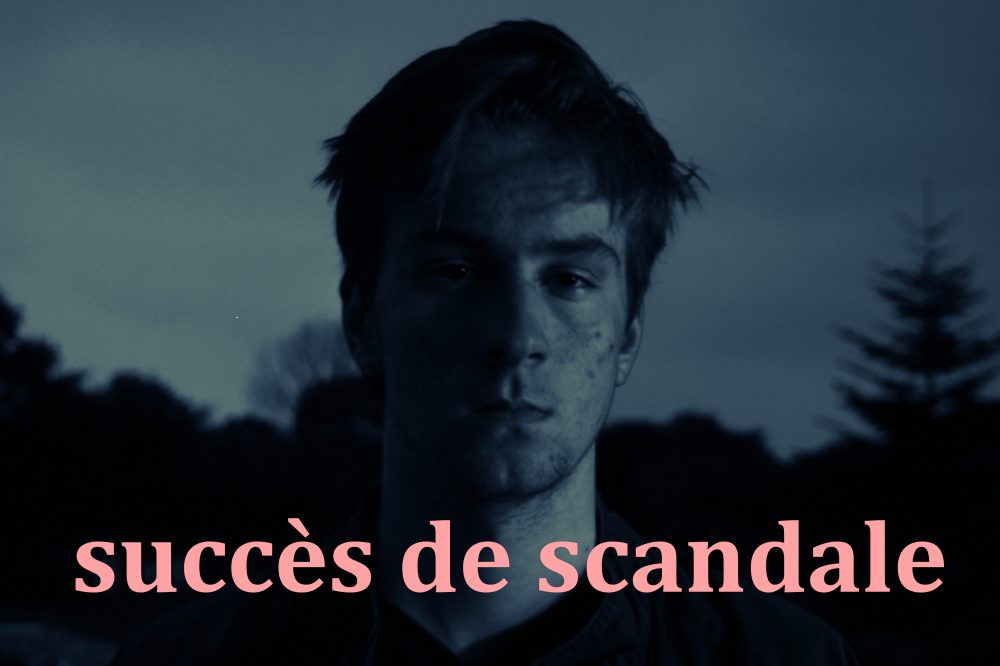
 Because of my original plan to take as many photographs as possible of every aspect I was shown, the contact sheet above only shows 47 out of the 500+ images I took during my visit. To narrow down my outcomes from this selection above was quite difficult as I really liked many of the angles and compositions that I managed to capture. Below are the 14 images I have chosen as my final outcomes, although I won’t be using every image in my end result, I wanted to include them in this post for future reference to my efforts. As well as this, as requested by the manager of the energy from waste facility, Ian Williams, I have edited and saved about 16 more images to send to the department for unknown reasons. This shoot, much like my previous documentary shoots, shows a mixture of colour and black and white photographs depending on their style. Below I have displayed my final 14 outcomes along with four other images presented at the bottom that helps me to tell this documentary narrative…
Because of my original plan to take as many photographs as possible of every aspect I was shown, the contact sheet above only shows 47 out of the 500+ images I took during my visit. To narrow down my outcomes from this selection above was quite difficult as I really liked many of the angles and compositions that I managed to capture. Below are the 14 images I have chosen as my final outcomes, although I won’t be using every image in my end result, I wanted to include them in this post for future reference to my efforts. As well as this, as requested by the manager of the energy from waste facility, Ian Williams, I have edited and saved about 16 more images to send to the department for unknown reasons. This shoot, much like my previous documentary shoots, shows a mixture of colour and black and white photographs depending on their style. Below I have displayed my final 14 outcomes along with four other images presented at the bottom that helps me to tell this documentary narrative… This first group of my final outcomes above depicts the waste before transformation, the burning of the waste, and the ashy result of the process. The first two images on the top row depict the difference between the amount of household and commercial waste produced on our Island. The image on the left presents an average sized machine transporting commercial rubbish from one spot to another whereas the image on the right shows a gigantic claw machine, capable of moving up to 3 tonnes of household waste. For use in my project, I love the photograph on the right because of it dramatic intensity as well as its ability to give my viewers an idea of how much we produce. This image is one of my favourites overall and was taken through one of the ‘rubbish shoots’ after the operator kindly positioned the claw for me. The two pieces on the bottom row can show what could be seen of the burning process alongside with the final outcome of this waste. I love the orange glow and intriguing composition/aperture of the image on the right whereas the one on the left shows an important part of what happens to Jersey’s un-recycled waste. – this ash is actually re-purposed to be used in Jersey and England to create buildings and roads.
This first group of my final outcomes above depicts the waste before transformation, the burning of the waste, and the ashy result of the process. The first two images on the top row depict the difference between the amount of household and commercial waste produced on our Island. The image on the left presents an average sized machine transporting commercial rubbish from one spot to another whereas the image on the right shows a gigantic claw machine, capable of moving up to 3 tonnes of household waste. For use in my project, I love the photograph on the right because of it dramatic intensity as well as its ability to give my viewers an idea of how much we produce. This image is one of my favourites overall and was taken through one of the ‘rubbish shoots’ after the operator kindly positioned the claw for me. The two pieces on the bottom row can show what could be seen of the burning process alongside with the final outcome of this waste. I love the orange glow and intriguing composition/aperture of the image on the right whereas the one on the left shows an important part of what happens to Jersey’s un-recycled waste. – this ash is actually re-purposed to be used in Jersey and England to create buildings and roads.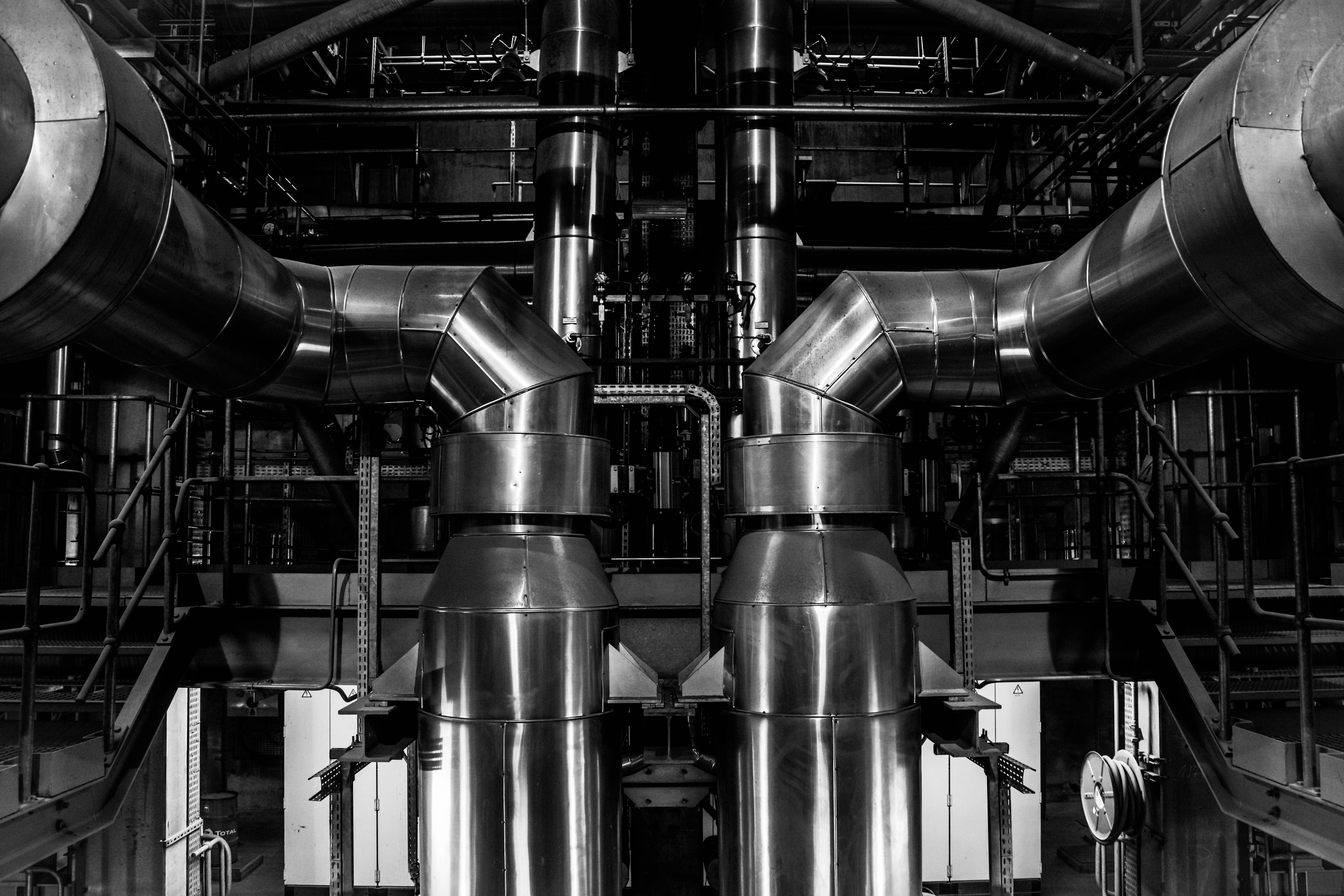 This next image is one of my favourite topographic style outcomes which was taken from inside the ‘Energy from Waste’ facility during my tour. This image depicts two massive pipes coming up from a lower floor and curling around the edge of my composition. I love the perfect symmetry I have captured in this piece and the topographic/straightforward style it was taken in. The reason I have decided to edit this image in black and white is to emphasise it dynamic features as well as resemble the many blast furnaces captured by my inspirations Bernhard and Hilla Becher. The meaning behind this image is to show a specific section of the massive machinery that combined, works to process the safe disposal of our island’s waste and turn it to clean energy.
This next image is one of my favourite topographic style outcomes which was taken from inside the ‘Energy from Waste’ facility during my tour. This image depicts two massive pipes coming up from a lower floor and curling around the edge of my composition. I love the perfect symmetry I have captured in this piece and the topographic/straightforward style it was taken in. The reason I have decided to edit this image in black and white is to emphasise it dynamic features as well as resemble the many blast furnaces captured by my inspirations Bernhard and Hilla Becher. The meaning behind this image is to show a specific section of the massive machinery that combined, works to process the safe disposal of our island’s waste and turn it to clean energy.
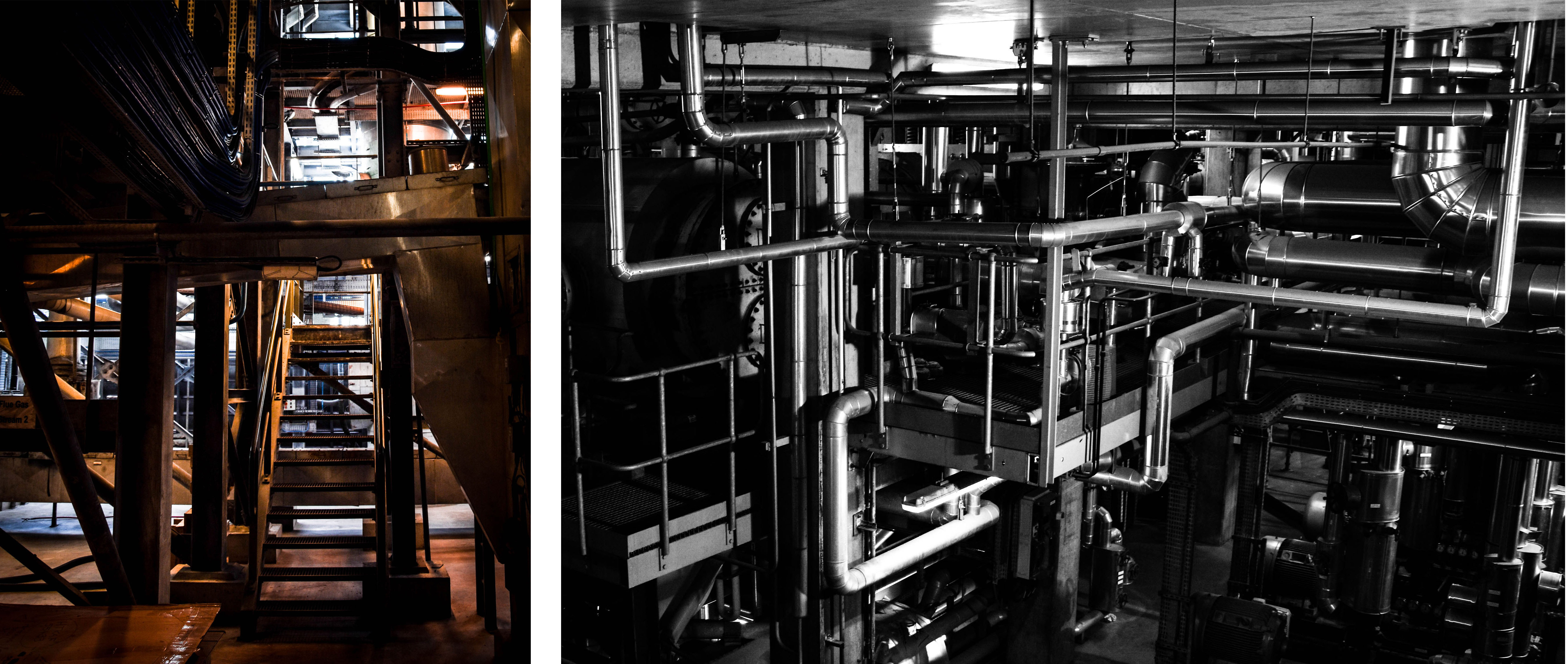 These next group of final outcomes from my shoot show more specific details from inside the ‘Energy from Waste’ facility. The meaning behind these images, along with the final outcome above, is to show exactly how much work and complicated technology goes into this process. These images can give an idea of just how difficult it is to cleanly produce only 7% of our island’s energy at the same time as disposing of our waste. The first and largest image on the top left is my favourite from this and depicts a scene through the building completely filled with pipes and machinery. I love the high contrast and dramatic overtones of this image and I think the intricacy of the pipe work really helps prove my point. The next two images on the right of this piece depict a few close-up detailed shots of specific parts of this extensive setup. I love the simplicity of these images as I feel they share a very strong topographic style. Lastly, the two photographs on the bottom row depict some amazing shadows and angels looking through the facility as well as more intricate pipe work hanging down from the ceiling.
These next group of final outcomes from my shoot show more specific details from inside the ‘Energy from Waste’ facility. The meaning behind these images, along with the final outcome above, is to show exactly how much work and complicated technology goes into this process. These images can give an idea of just how difficult it is to cleanly produce only 7% of our island’s energy at the same time as disposing of our waste. The first and largest image on the top left is my favourite from this and depicts a scene through the building completely filled with pipes and machinery. I love the high contrast and dramatic overtones of this image and I think the intricacy of the pipe work really helps prove my point. The next two images on the right of this piece depict a few close-up detailed shots of specific parts of this extensive setup. I love the simplicity of these images as I feel they share a very strong topographic style. Lastly, the two photographs on the bottom row depict some amazing shadows and angels looking through the facility as well as more intricate pipe work hanging down from the ceiling. Next are some important outcomes depicting a few of the elements that go into the purification of the smoke produced from burning the rubbish. According to CSBC, the La Colette ‘Energy to Waste’ facility meets the highest air quality standards in the whole of Europe. If their emission levels are outside of the licensed limits the plant is shut down and any underlying problem is rectified before the plant is started up again. The fist three images on the left depict some features that help keep track and purify the smoke before it is released. First is the point where samples are taken for testing, next on the top is a monitor for viewing the levels of each element and finally, the bottom image shows a very small part of the machine that acts as a filter. Lastly, on the right of this contact sheet is the view from outside the window looking up at the JEC chimney and the pipes that connect the two facilities.
Next are some important outcomes depicting a few of the elements that go into the purification of the smoke produced from burning the rubbish. According to CSBC, the La Colette ‘Energy to Waste’ facility meets the highest air quality standards in the whole of Europe. If their emission levels are outside of the licensed limits the plant is shut down and any underlying problem is rectified before the plant is started up again. The fist three images on the left depict some features that help keep track and purify the smoke before it is released. First is the point where samples are taken for testing, next on the top is a monitor for viewing the levels of each element and finally, the bottom image shows a very small part of the machine that acts as a filter. Lastly, on the right of this contact sheet is the view from outside the window looking up at the JEC chimney and the pipes that connect the two facilities.